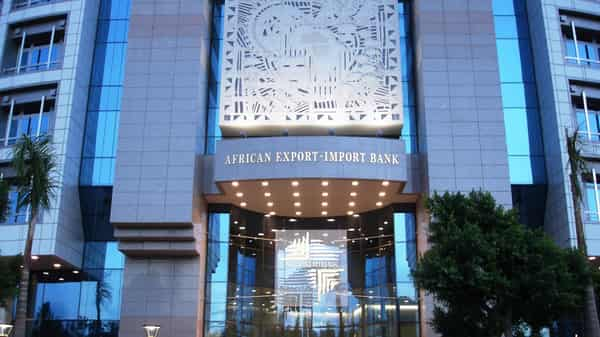
African Export-Import Bank (Afreximbank) Group has announced total balance sheet assets growth of eight per cent in its half-year (H1) operations from $27.9 billion as of 31 December 2022 to approximately $30.1 billion as of 30 June 2023.
According to the bank, the growth was driven by the increase in loans and advances to customers, which grew by 13 per cent to close the period at $26 billion.
It stated that the liquidity position remained strong at $3 billion, representing 11 per cent of total assets with a liquidity coverage ratio of 310 per cent.
The bank stated that total interest income recorded a strong growth of 107.1 per cent to $1.1 billion compared to $540.8 million achieved in the corresponding period in 2022 due to an increased volume of interest-earning assets, particularly loans and advances and higher interest rates.
Net interest income also rose $663.6 million, 76 per cent growth from the prior year while net interest margin increased by 4.77 per cent, compared to 3.47 per cent recorded in the previous year.
The group’s shareholders’ funds rose by 7.63 per cent to $5.6 billion largely attributable to the $261 million fresh equity contributions from existing and new shareholders that supported the ongoing general capital increase exercise which aimed at raising to $2.6 billion paid-in equity by 2026.
In addition, the bank also hinged the growth in shareholders’ funds to $125.5 million internally generated net earnings after considering the approved dividend and other appropriations which amounted to $209 million.
Reacting to the performance, Afreximbank’s Executive Vice President, Finance, Administration and Banking Services, Denys Denya, said: “During the period in which the bank celebrated its 30th Anniversary, we have delivered a strong set of results, driven largely by a focused execution of our mandate as a countercyclical lender which generated increased volume of interest-earning assets, particularly loans and advances and benefited from a rising interest rate environment.
“The bank continued to make progress on its strategy implementation, carefully balancing the need to be profitable and sustainable while maintaining sufficient liquidity, capital, and a quality portfolio of assets.”






